Blog | Boardertown
The latest from our team, brands, product releases and news.
Filter By
Sort By: NEWEST
- Name
- Newest
Filters
Category
Reset
- Clear
- Boardertown (118)
- Auckland (2)
- Boardertown Botany (58)
- Boardertown College Hill (61)
- Boardertown Queenstown (59)
- Nike SB (48)
- New Zealand (97)
- Queenstown (1)
- Skateboard (117)
- Snowboard (37)
- General (39)
- Footwear (61)
- adidas (8)
- Boardertown Tauranga (57)
- Boardertown Christchurch (56)
- Reebok (1)
- Evolve Skateboards (2)
- Electric Skateboards (2)
- Vans (4)
- Boardertown Wellington (47)
- Burton (3)
- Giveaways (2)
- Dickies (1)
- Connected (3)
Date
Reset
- Clear
- February 2016 (3)
- March 2016 (3)
- April 2016 (2)
- May 2016 (3)
- June 2016 (4)
- August 2016 (1)
- September 2016 (2)
- October 2016 (2)
- January 2017 (1)
- March 2017 (2)
- June 2017 (1)
- August 2017 (1)
- November 2017 (2)
- January 2018 (1)
- March 2018 (1)
- April 2018 (2)
- May 2018 (1)
- September 2018 (1)
- October 2018 (2)
- November 2018 (1)
- December 2018 (1)
- March 2019 (2)
- May 2019 (1)
- June 2019 (3)
- September 2019 (1)
- December 2019 (2)
- September 2020 (1)
- October 2020 (1)
- November 2020 (4)
- December 2020 (3)
- January 2021 (2)
- February 2021 (2)
- March 2021 (2)
- April 2021 (3)
- May 2021 (6)
- June 2021 (8)
- July 2021 (4)
- August 2021 (5)
- September 2021 (4)
- October 2021 (3)
- December 2021 (1)
- February 2022 (2)
- March 2022 (7)
- April 2022 (6)
- May 2022 (3)
- June 2022 (1)
- July 2022 (1)
- August 2022 (1)
- September 2022 (1)
- October 2022 (4)
- November 2022 (5)
- December 2022 (2)
- January 2023 (1)
- February 2023 (14)
- March 2023 (13)
- April 2023 (7)
- May 2023 (4)
- June 2023 (1)
- July 2023 (3)
- August 2023 (5)
- September 2023 (2)
- October 2023 (1)
- November 2023 (2)
- December 2023 (2)
- February 2024 (1)
- March 2024 (8)
- April 2024 (4)
- May 2024 (3)
Clear
Apply

Read More
Green Hour Film ft. Ståle, Torgeir and Rene
09 May 2024
Boardertown

Read More
Cato Dobbs x Thunder Trucks
09 May 2024
Boardertown
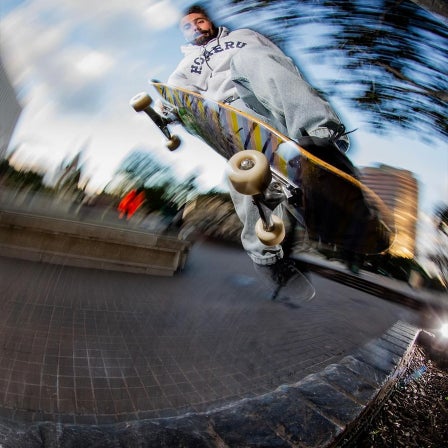
Read More
Introducing ASICS Skateboarding
09 May 2024
Boardertown
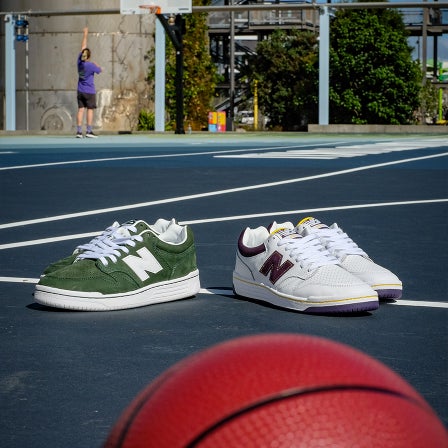
Read More
New Balance Numeric East vs West Pack
18 April 2024
Boardertown
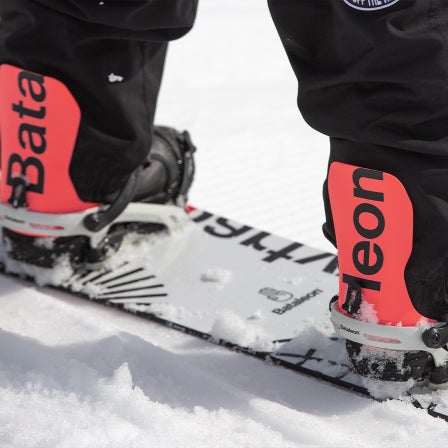
Read More
Ultimate Snowboard Bindings Setup Guide
12 April 2024
Boardertown
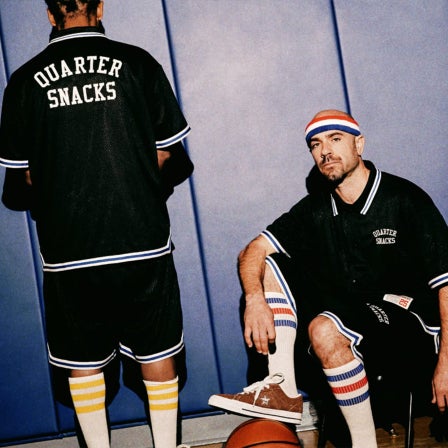
Read More
Converse x Quartersnacks
11 April 2024
Boardertown
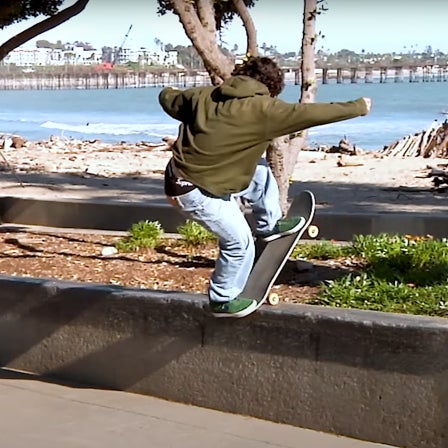
Read More
Real Skateboards // Toby Ryan
02 April 2024
Boardertown
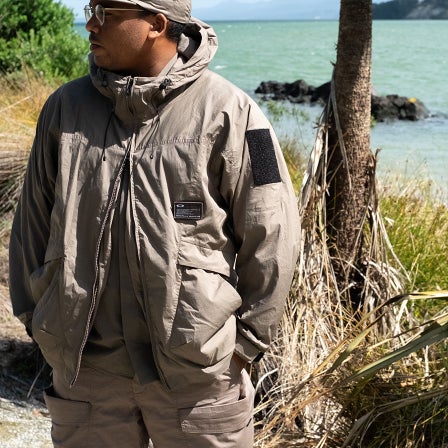
Read More
Oakley FGL Collection
27 March 2024
Boardertown
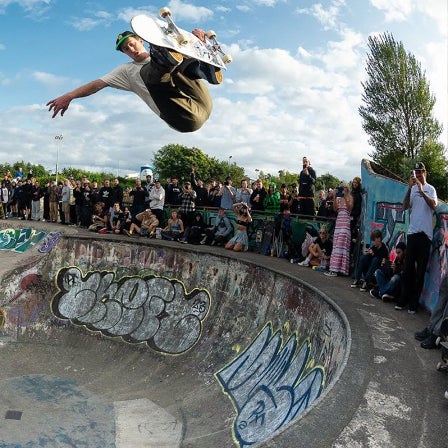
Read More
Anti-Hero Skateboards // Turbo Dream
20 March 2024
Boardertown
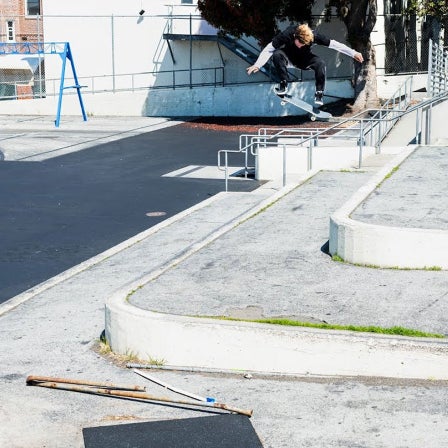
Read More
Primitive Skateboards // Daydream
19 March 2024
Boardertown
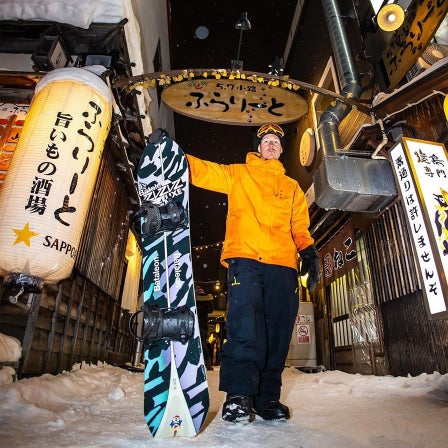
Read More
Top 13 Snowboards for 2025
15 March 2024
Boardertown
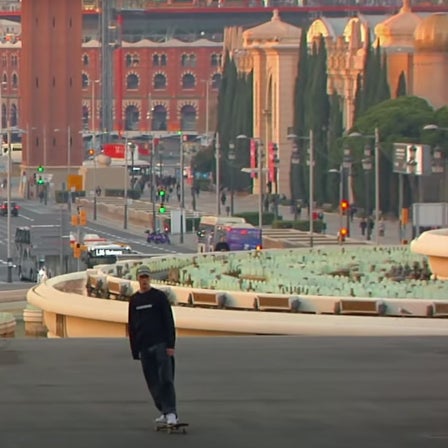
Read More
Grand Collection // Connor Champion
15 March 2024
Boardertown